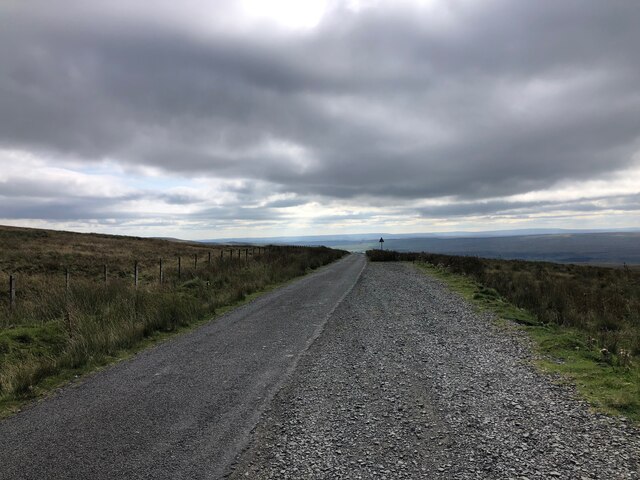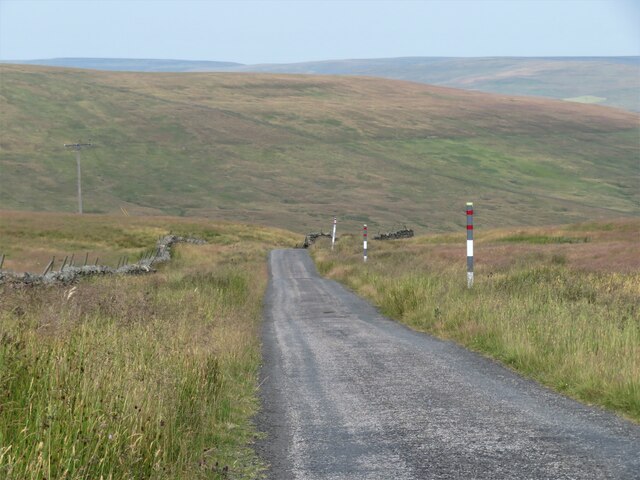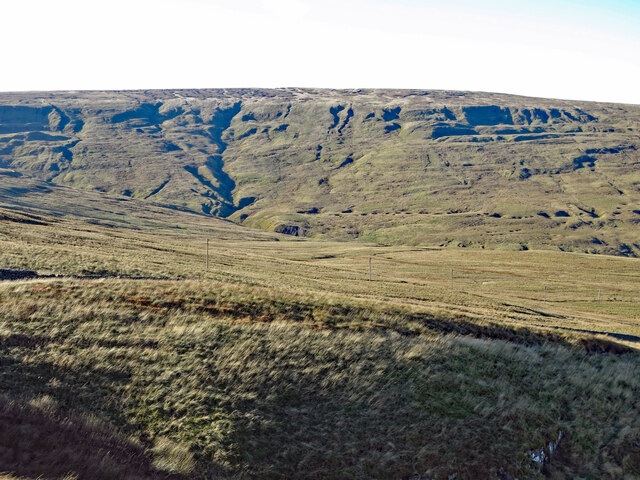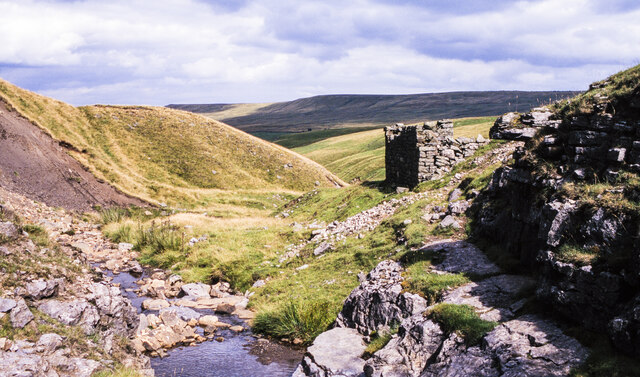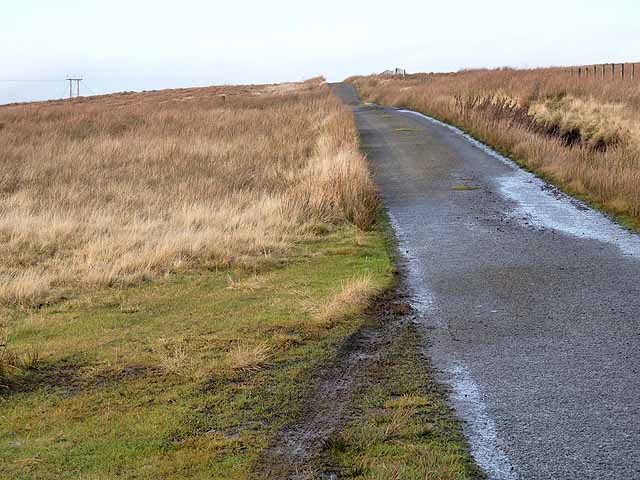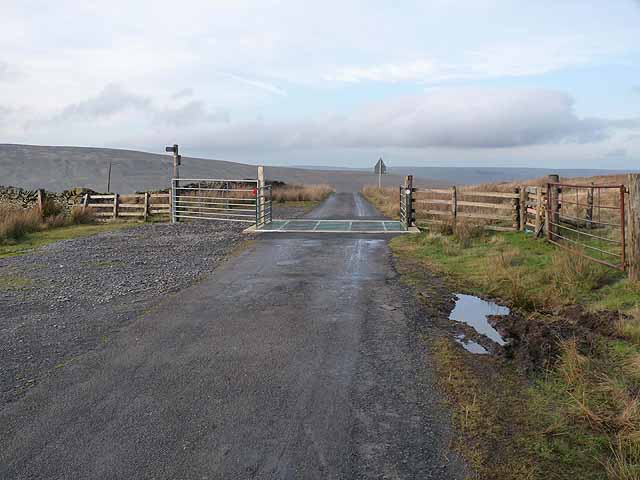Blacklaw Moss
Downs, Moorland in Durham
England
Blacklaw Moss

Blacklaw Moss is a nature reserve located in Durham, England. It is an extensive area of peatland situated in the low-lying valley of the River Wear. The reserve covers approximately 150 hectares and is characterized by its unique landscape and diverse flora and fauna.
The moss consists of a mixture of open water, reed beds, and wet grassland habitats. These wetland areas provide a suitable environment for a wide range of bird species, including water rails, snipe, and lapwings. The reserve is particularly important for breeding waders, and it is recognized as a Site of Special Scientific Interest (SSSI) due to its significance for wildlife conservation.
The reserve is also home to a variety of plant species adapted to the wet conditions. Some of the notable plant species found in Blacklaw Moss include common reed, marsh cinquefoil, and bog myrtle. These plants thrive in the wetland habitat and play a crucial role in maintaining the biodiversity of the area.
Blacklaw Moss offers visitors the opportunity to explore its unique ecosystem through a network of well-maintained trails and boardwalks. It provides an excellent location for birdwatching, with several bird hides strategically placed around the reserve. Additionally, there are educational signs and information boards that provide insights into the natural history and importance of the moss.
Overall, Blacklaw Moss is a haven for wildlife enthusiasts and nature lovers, offering a chance to experience the beauty and diversity of a peatland habitat in the heart of Durham.
If you have any feedback on the listing, please let us know in the comments section below.
Blacklaw Moss Images
Images are sourced within 2km of 54.68567/-2.173802 or Grid Reference NY8832. Thanks to Geograph Open Source API. All images are credited.





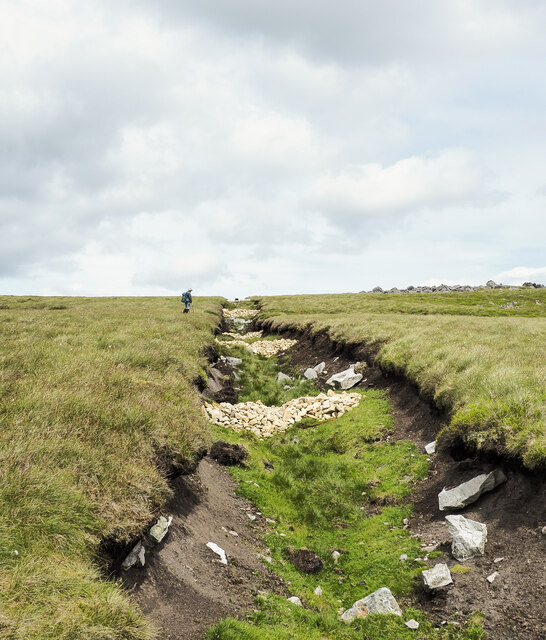
![Road summit at Swinhope Head [2] Quite a contrast to the last time I took a photograph here [22/03/18] as the temperature on that occasion was only a little above freezing, but on this occasion it was 33°C, even at 2000ft. Taken on a day of record breaking temperatures across Britain. Not much point in coming up here to keep cool.](https://s3.geograph.org.uk/geophotos/07/23/44/7234403_67798f0e.jpg)

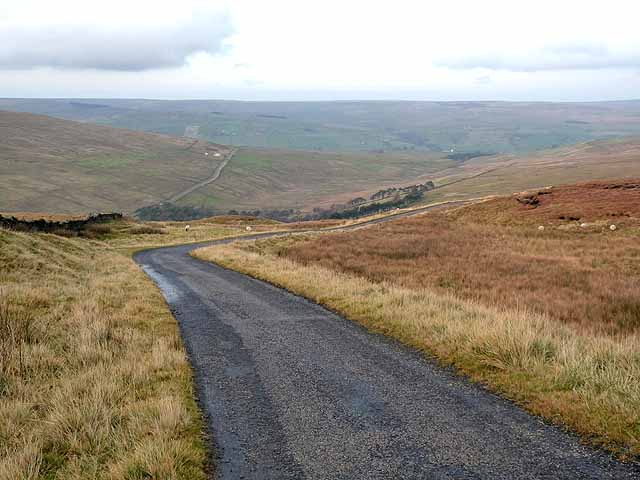
Blacklaw Moss is located at Grid Ref: NY8832 (Lat: 54.68567, Lng: -2.173802)
Unitary Authority: County Durham
Police Authority: Durham
What 3 Words
///mops.hammocks.squeezed. Near Newbiggin, Co. Durham
Nearby Locations
Related Wikis
Ettersgill
Ettersgill is a village in County Durham, England. It is situated at the top of Teesdale, on the north side of the Tees between Newbiggin and Forest-in...
Forest-in-Teesdale
Forest-in-Teesdale is a village in County Durham, England. It is situated in upper Teesdale, on the north side of the Tees between Newbiggin and Langdon...
Forest and Frith
Forest and Frith is a civil parish in the County Durham unitary authority, in the ceremonial county of Durham, England. In the 2011 census it had a population...
Langdon Beck
Langdon Beck is a village in County Durham, England. It is situated in upper Teesdale, between Forest-in-Teesdale and Harwood, halfway between Penrith...
Harthope Moss
Harthope Moss, also known as Chapel Fell (elevation 627 m; 2,057 ft) is a mountain pass in the English Pennines. The pass divides Weardale to the north...
High Force
High Force is a waterfall on the River Tees, near Middleton-in-Teesdale, Teesdale, England. The waterfall is within the North Pennines Area of Outstanding...
Bowlees and Friar House Meadows
Bowlees and Friar House Meadows is a Site of Special Scientific Interest in the Teesdale district of west County Durham, England. It consists of three...
Bowlees
Bowlees is a small village in County Durham, England. It is situated near Newbiggin, on the other side of Teesdale from Holwick. The visitor centre in...
Nearby Amenities
Located within 500m of 54.68567,-2.173802Have you been to Blacklaw Moss?
Leave your review of Blacklaw Moss below (or comments, questions and feedback).
